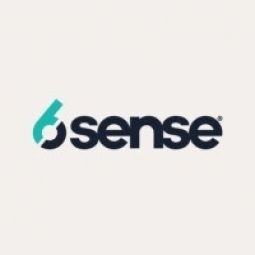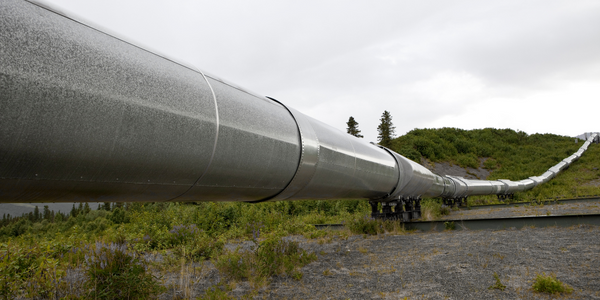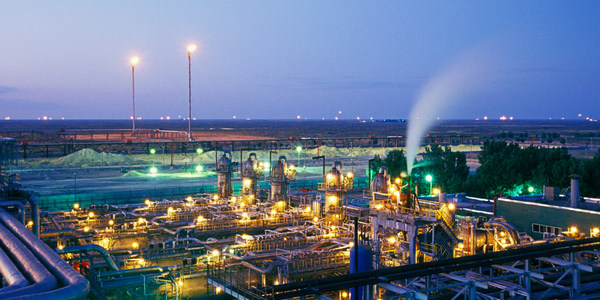Technology Category
- Analytics & Modeling - Machine Learning
- Platform as a Service (PaaS) - Application Development Platforms
Applicable Industries
- Oil & Gas
Applicable Functions
- Procurement
- Sales & Marketing
Use Cases
- Leasing Finance Automation
- Smart Contracts
Services
- Data Science Services
About The Customer
RepTrak is the world’s leading reputation data and insights company. They provide the only global platform for data-driven insights on Reputation, Brand, and ESG. Their proprietary RepTrak® model is the global standard for measuring and analyzing the sentiment of the world using proven data science models and machine learning techniques across industries and geographies. RepTrak offers the only global platform for data-driven insights on reputation, brand, and ESG (environmental, social, and governance). The company was facing challenges with its marketing strategy, which was relying on outdated tactics and unreliable data, leading to a lack of trust in the marketing department and difficulty in converting leads.
The Challenge
RepTrak, a leading reputation data and insights company, was facing a significant challenge with its marketing efforts. The company had been relying on outdated tactics, a subpar tech stack, and unreliable data. The marketing qualified lead (MQL) was the primary focus, and an MQL was anyone who showed any kind of engagement. However, the sales team was struggling to convert these leads, leading to a lack of trust in the marketing department. RepTrak's VP of Global Marketing, Ali Jawin, was told by CEOs and board members that they viewed marketing as 'dark magic,' where they invested money without understanding where it was going. The company needed to change its approach to regain respect and trust, and to increase pipeline, deal value, and revenue.
The Solution
To address these challenges, RepTrak brought in 6sense, a comprehensive account-based marketing platform. The first step was to apply 6sense's approach to their paid media strategy, which resulted in a 96% decrease in ad costs and a 46% increase in engagement. They also used 6sense to target the segments where they could provide the most benefit, tripling their pipeline on LinkedIn. In the first six months of using 6sense, RepTrak exceeded their pipeline quota, reduced their sales cycle, and increased their total contract value. The success of the 6sense approach led to its adoption by the sales team as well. However, a legacy campaign in Q2 led to a temporary setback, as it resulted in a large number of leads in the awareness stage who were not ready to buy. The team quickly pivoted back to the 6sense approach, salvaging the quarter and ending the first half of the year with 107% of their revenue goal and 100.3% of their pipeline goal.
Operational Impact
Quantitative Benefit

Case Study missing?
Start adding your own!
Register with your work email and create a new case study profile for your business.
Related Case Studies.

Case Study
Taking Oil and Gas Exploration to the Next Level
DownUnder GeoSolutions (DUG) wanted to increase computing performance by 5 to 10 times to improve seismic processing. The solution must build on current architecture software investments without sacrificing existing software and scale computing without scaling IT infrastructure costs.

Case Study
Remote Wellhead Monitoring
Each wellhead was equipped with various sensors and meters that needed to be monitored and controlled from a central HMI, often miles away from the assets in the field. Redundant solar and wind generators were installed at each wellhead to support the electrical needs of the pumpstations, temperature meters, cameras, and cellular modules. In addition to asset management and remote control capabilities, data logging for remote surveillance and alarm notifications was a key demand from the customer. Terra Ferma’s solution needed to be power efficient, reliable, and capable of supporting high-bandwidth data-feeds. They needed a multi-link cellular connection to a central server that sustained reliable and redundant monitoring and control of flow meters, temperature sensors, power supply, and event-logging; including video and image files. This open-standard network needed to interface with the existing SCADA and proprietary network management software.

Case Study
Refinery Saves Over $700,000 with Smart Wireless
One of the largest petroleum refineries in the world is equipped to refine various types of crude oil and manufacture various grades of fuel from motor gasoline to Aviation Turbine Fuel. Due to wear and tear, eight hydrogen valves in each refinery were leaking, and each cost $1800 per ton of hydrogen vented. The plant also had leakage on nearly 30 flare control hydrocarbon valves. The refinery wanted a continuous, online monitoring system that could catch leaks early, minimize hydrogen and hydrocarbon production losses, and improve safety for maintenance.










